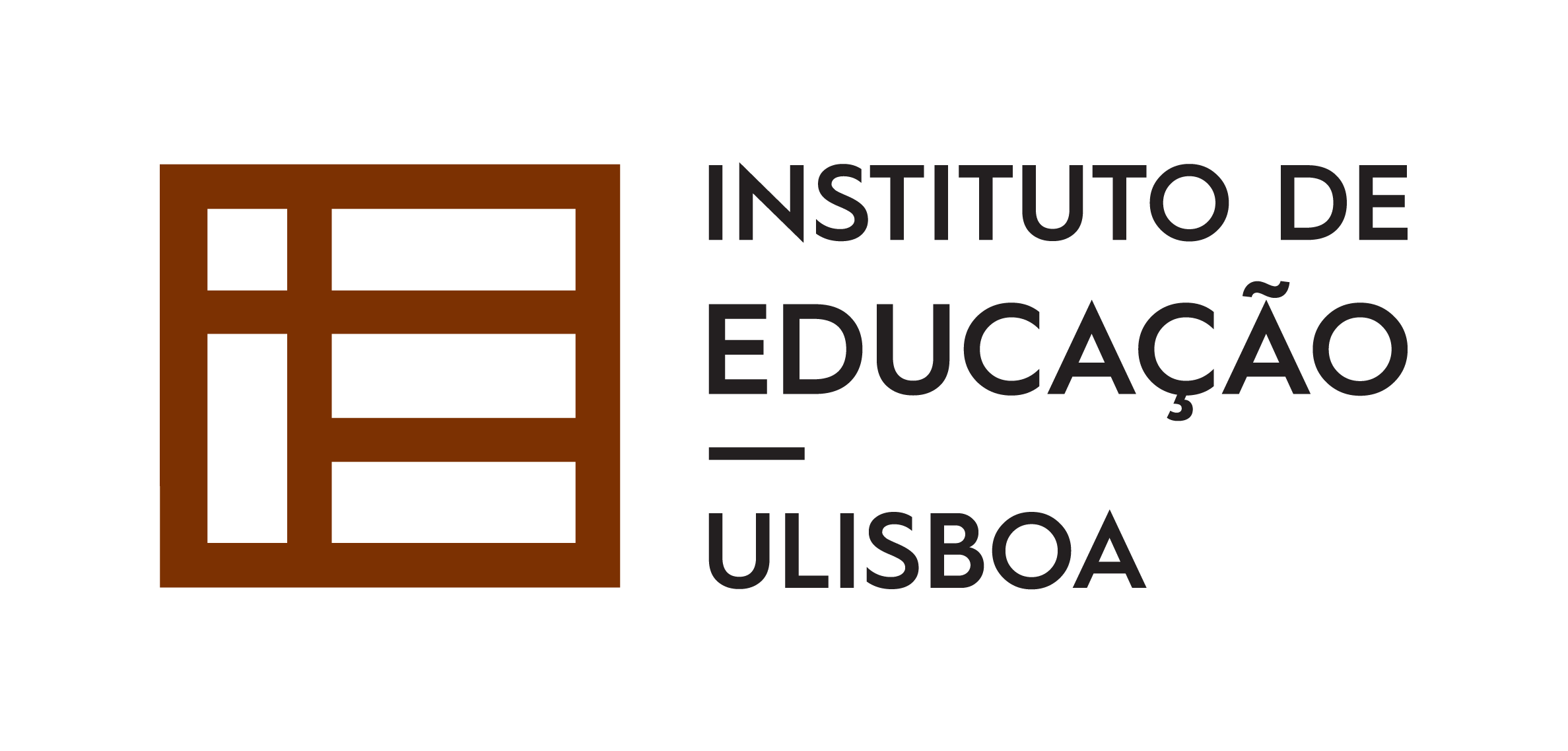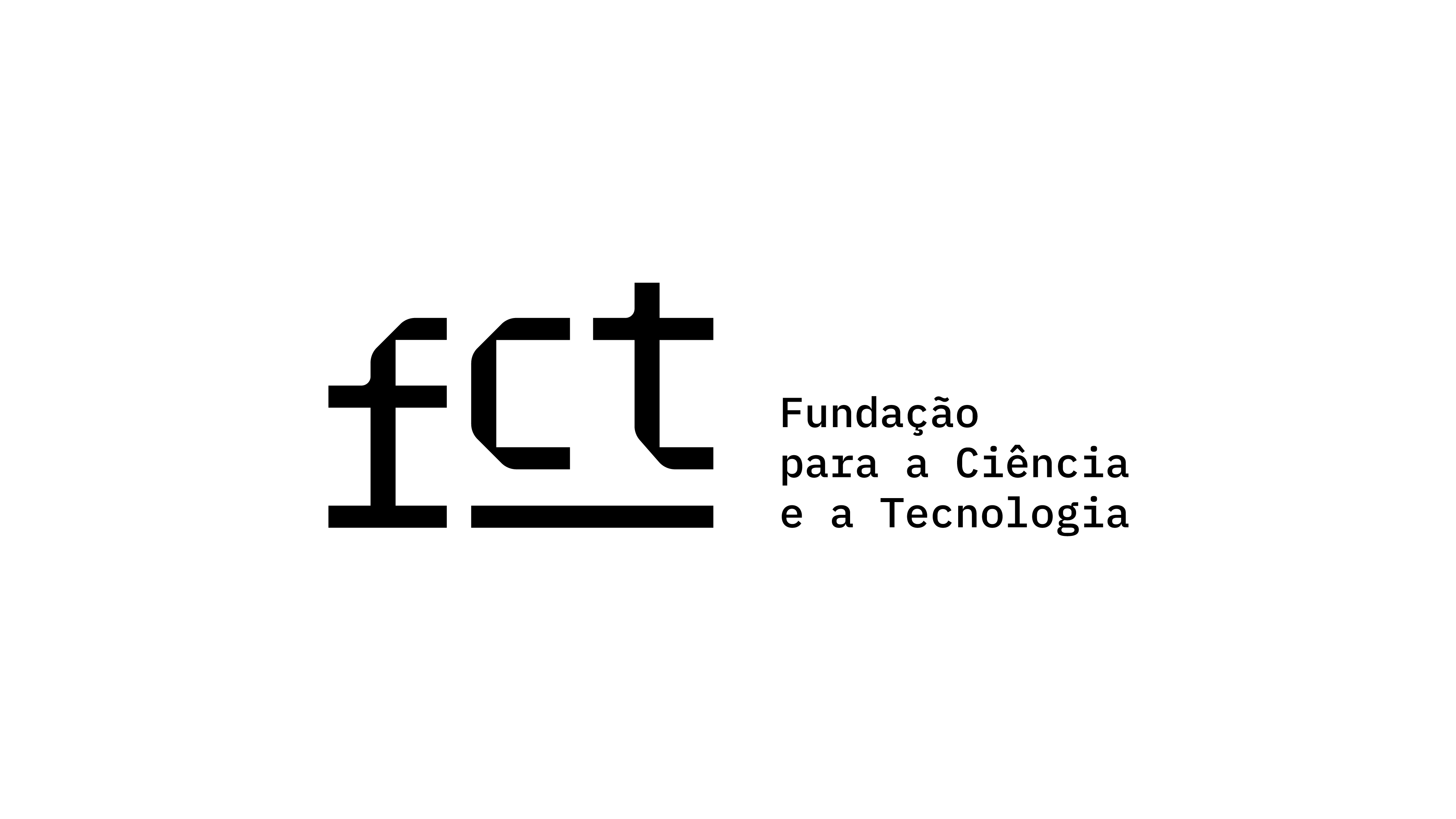Education and Migrants: A View From the United States of America
DOI:
https://doi.org/10.25749/sis.13797Palavras-chave:
International migrations, Immigration legislation, Education, Language learning, United States / Migrações internacionais, Legislação sobre imigração, Educação, Aprendizagem da língua, Estados Unidos da AméricaResumo
ABSTRACTSeveral factors contribute to the effective integration of migrants into the United States of America (U.S.), and among these is education. Educated migrants find transition to the U.S. infinitely more effective than those without education. While English language competence is essential, literacy in one’s native language increases the likelihood of acquiring English language literacy.
Equal access to public education is the right of every child in the U.S., regardless of citizenship or migration status. Under law, all children between age six and sixteen years are required to be enrolled in school. College education, on the other hand, is accessible only to those with citizenship or legal visa or Deferred Action for Childhood Arrival (DACA) status. This paper explores the educational level of immigrants in the U.S. and discusses the governmental and nongovernmental resources that can be utilized to increase the likelihood of successful functioning in the country.
RESUMO
Vários fatores contribuem para a efetiva integração dos migrantes nos Estados Unidos da América (EUA), e entre eles está a educação. Os imigrantes com uma formação vivem a mudança para os EUA de forma infinitamente mais eficaz do que aqueles sem formação. Se a competência em língua inglesa é essencial, a literacia na língua nativa aumenta a probabilidade de adquirir uma literacia em língua inglesa.
O acesso igualitário à educação pública é um direito de cada criança nos Estados Unidos, independentemente da sua nacionalidade ou do seu estatuto de imigrante. Segundo a lei, todas as crianças entre os seis e os dezasseis anos de idade são obrigadas a ser matriculadas na escola. O ensino superior, por outro lado, é acessível apenas para aqueles com a nacionalidade americana ou um visto válido, ou ainda com o estatuto de Deferred Action for Childhood Arrival (DACA). Este artigo explora o nível educacional dos imigrantes nos Estados Unidos e discute os recursos governamentais e não-governamentais que podem ser utilizados para aumentar a probabilidade de ser bem sucedido neste país.
Downloads
Downloads
Publicado
Edição
Secção
Licença
O Copyright (c) pertence à Sisyphus – Journal of Education. No entanto, encorajamos que os artigos publicados na revista sejam publicados noutros lugares, desde que seja solicitada a autorização da Sisyphus e os autores integrem a nossa citação de fonte original e um link para o nosso site.
Política de auto-arquivo
É permitido aos autores o auto-arquivo da versão final publicada dos seus artigos em repositórios institucionais, temáticos ou páginas web pessoais e institucionais.
Subscritor DORA
O Instituto de Educação da Universidade de Lisboa, editor da Sisyphus, é um dos subscritores da Declaração de São Francisco sobre Avaliação da Investigação (DORA).





